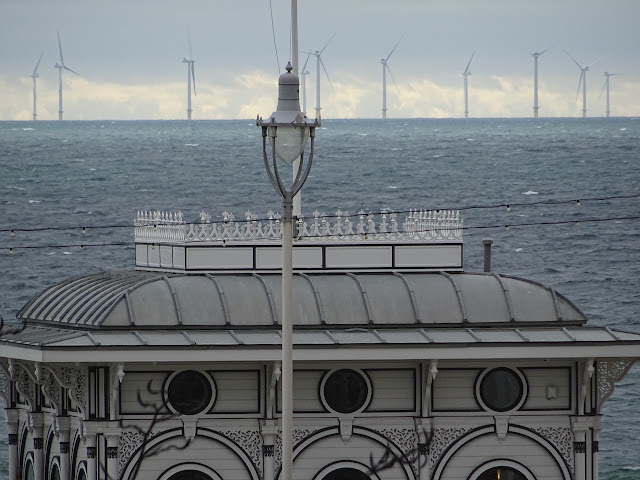This month marks ten years since a major turning point in the UK’s green energy journey - and in the future of views out to sea from Brighton Beach. In May 2015, confirmation of a £1.3 billion investment unlocked the start of construction on what would become the Rampion Offshore Wind Farm - a pioneering renewable energy project off the Sussex coast. A decade later, Rampion has not only reshaped the region’s horizon but also played a key role in reshaping Britain’s energy future.
Back in 2015, the announcement by E.ON, with backing from the UK Green Investment Bank and Enbridge, signalled more than just a financial commitment. It was a bold vote of confidence in the potential of offshore wind, then still an emerging sector. Construction began in 2016; by spring 2018, the turbines were fully operational, delivering power to the National Grid.
Situated 13km off the Sussex coast, Rampion was the first offshore wind farm in the south of England. With 116 turbines generating up to 400 megawatts - enough to power around 350,000 homes - it demonstrated the viability of large-scale wind energy in the region. Its name, chosen by public vote, nods to the round-headed rampion, the county flower of Sussex.
Today, Rampion stands as a landmark project - visible most especially from Brighton Beach - and a vital contributor to the UK’s renewable energy mix. Looking ahead, the proposed Rampion 2 expansion aims to nearly triple the wind farm’s generating capacity. With an estimated cost of £2 billion, the project received government approval in April 2025 and is expected to begin construction in late 2026 or early 2027, aiming to be fully operational before 2030. The extension will add 90 turbines, each up to 325 meters tall - surpassing the height of the Eiffel Tower - and will provide clean electricity to over one million homes. (The photo below is from the Rampion website.)
The visual impact of Rampion has been a topic of discussion - see The Guardian. While some residents and visitors appreciate the turbines as symbols of progress and find them majestic, others express concerns about their prominence on the seascape. The developers have engaged in public consultations to address these concerns, including reducing the number of turbines and adjusting their placement to minimise visual intrusion. Meanwhile anyone wishing to get up close and personal to the turbine giants can take a tour with Brighton Diver - costing just £45 for a two-three hour boat ride.


No comments:
Post a Comment